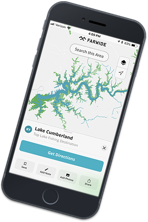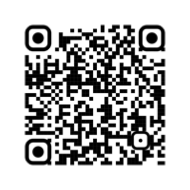There is no catch and release in the hunting world so there are laws and hunting regulations implemented to regulate harvest and increase hunter safety. Disregard for these laws can lead to population imbalances, and eventually, worse hunting conditions. The following are some terms and definitions common throughout hunting regulations that will help FarWide users stay within the law.

The start and end of the legal shooting time for your specific season. Of importance here is that you are normally not given a numerical time. Shooting hours are described in relation to sunrise and sunset. Official sunrise and sunset change throughout hunting season and can be found in state published lists. It is up to each hunter to use these times to figure out shooting hours daily, not just estimate based on the location of the sun.
Public Land
Public land is often referenced in hunting regulations. At its core, it means land held by a government entity as public domain. However, it does not always mean fishing, hunting, or even access is openly permitted. It is important to check regulations on every piece of public land you find, some require specific permits or special licenses, others are only open during certain times of the year.
Private Land
Inversely, private land is any land held by an entity other than a government body. This includes lands owned by individuals, family trusts, farms, land developers and many other types of organizations. Just as public land does not equal public access, private land does not equal no public access. Best practices for accessing private land include understanding state trespass laws and seeking landowner permission whenever possible. FarWide has compiled a nationwide layer of private land boundaries & owner names.
Hunt Area, Management Unit, Hunt Zone, Region etc.
These and other similar terms mean the same thing, the geographic area to which a hunter is restricted for that particular season or license. Hunt area is the most general term and is used as a placeholder for whichever wording a state uses. These areas are often related to valid tags, season dates or harvest restrictions. Each state designates hunt areas differently. Some use county or town boundaries, others use more complex boundaries related to highways or major rivers. FarWide has these boundaries digitized but it is important to also understand the written legal descriptions. Knowing where you are in relation to your hunt area is important, so you don’t accidentally harvest an animal illegally in an adjacent area. Using the FarWide App in the field, you can accurately see your current location in relation to the hunt area boundaries.
Licenses and Privileges Required
FarWide has created a regulation section that lists what licenses each hunter needs to legally pursue a species. In some cases, this list is a bare minimum list. Additional licenses, privileges, tags, access permission, stamps, reservations, or the like may be required depending on the land type you are looking to hunt.
Bag Limit
Often used in small game regulations, bag limit refers to the number of animals that can be harvested by a single hunter in a day. Bag limits are almost always per individual. Hunters can not combine bags to stay under a legal limit, everyone must harvest their own game. Bag limits for species such as waterfowl or upland birds may also include restrictions related to sex ratios.
Reporting and Tagging Requirements
Most big game species need to be tagged and reported to state wildlife agencies. Each state differs in what details need to be reported and how hunters can report. FarWide has the harvest reporting process laid out for each state and species. Numbers and websites are implanted in the regulation section for reporting over the phone or online. In cases where animals need to be physically checked for data collection purposes, FarWide has check station locations embedded on the map.
Understanding the above list will make staying within fish and wildlife laws easier. Additionally, each hunting season on FarWide has only relevant information associated. This saves you the time of pouring through an entire regulation booklet.














10337 Comments
Leave Comment
Cancel Reply